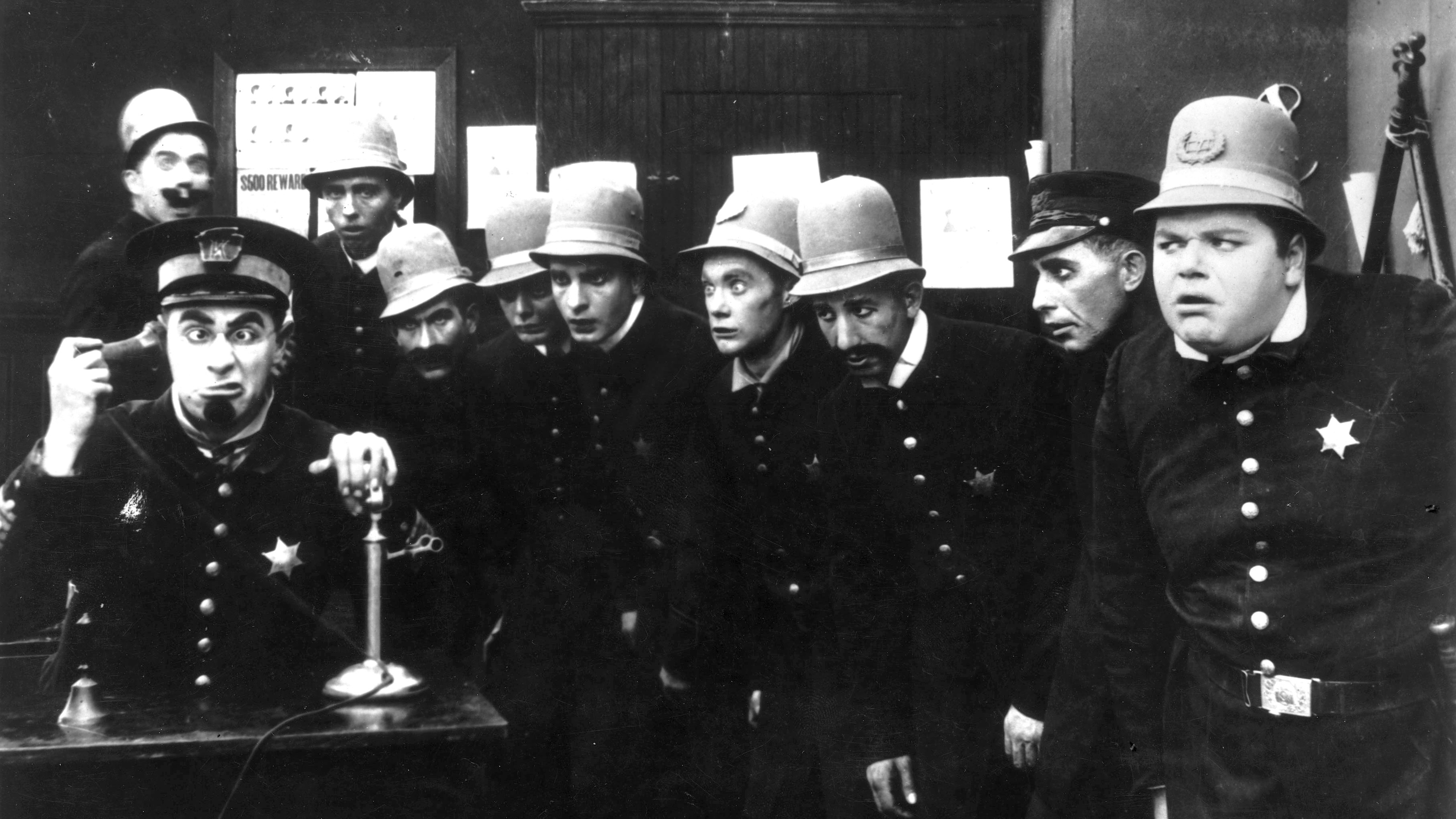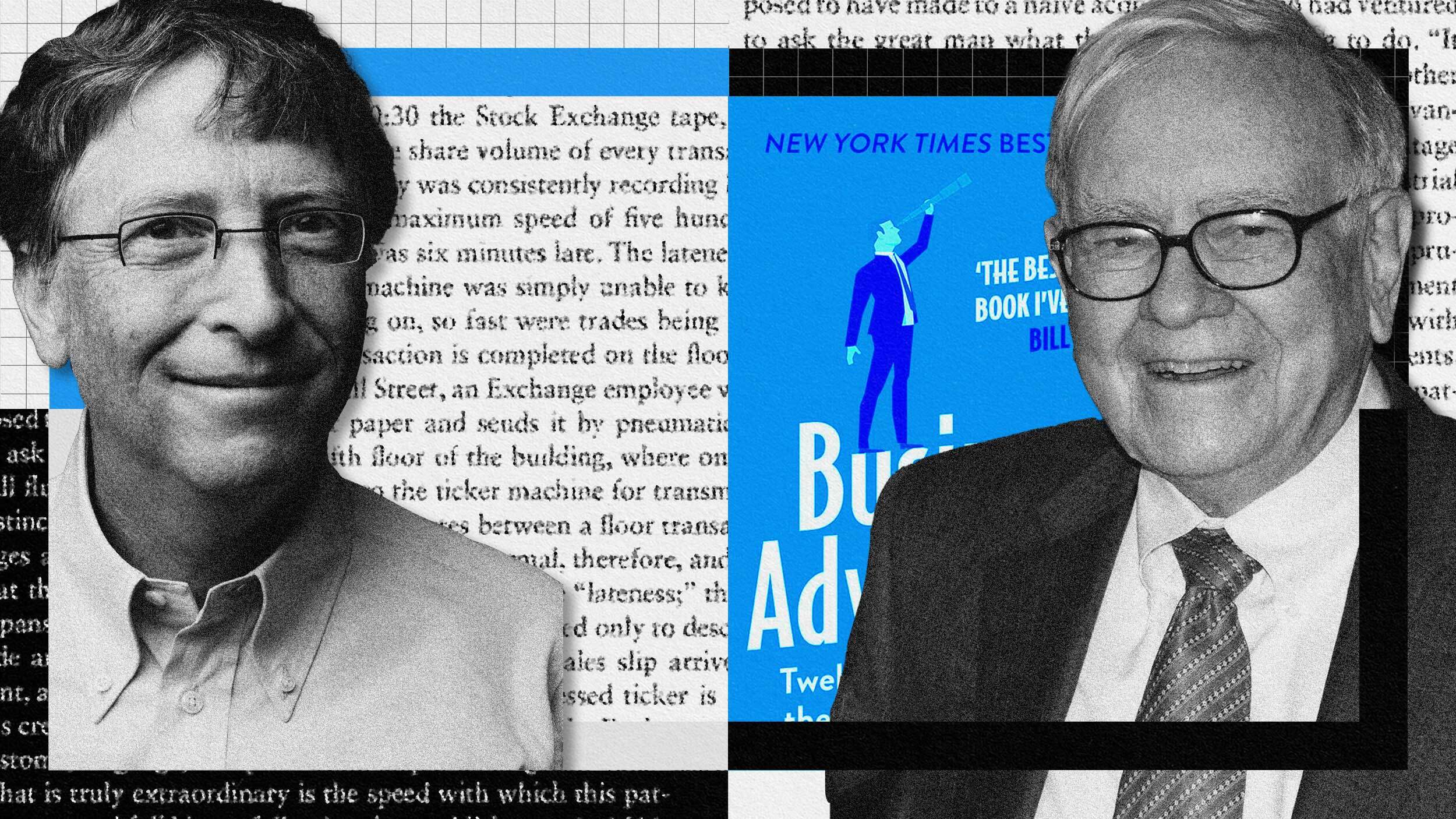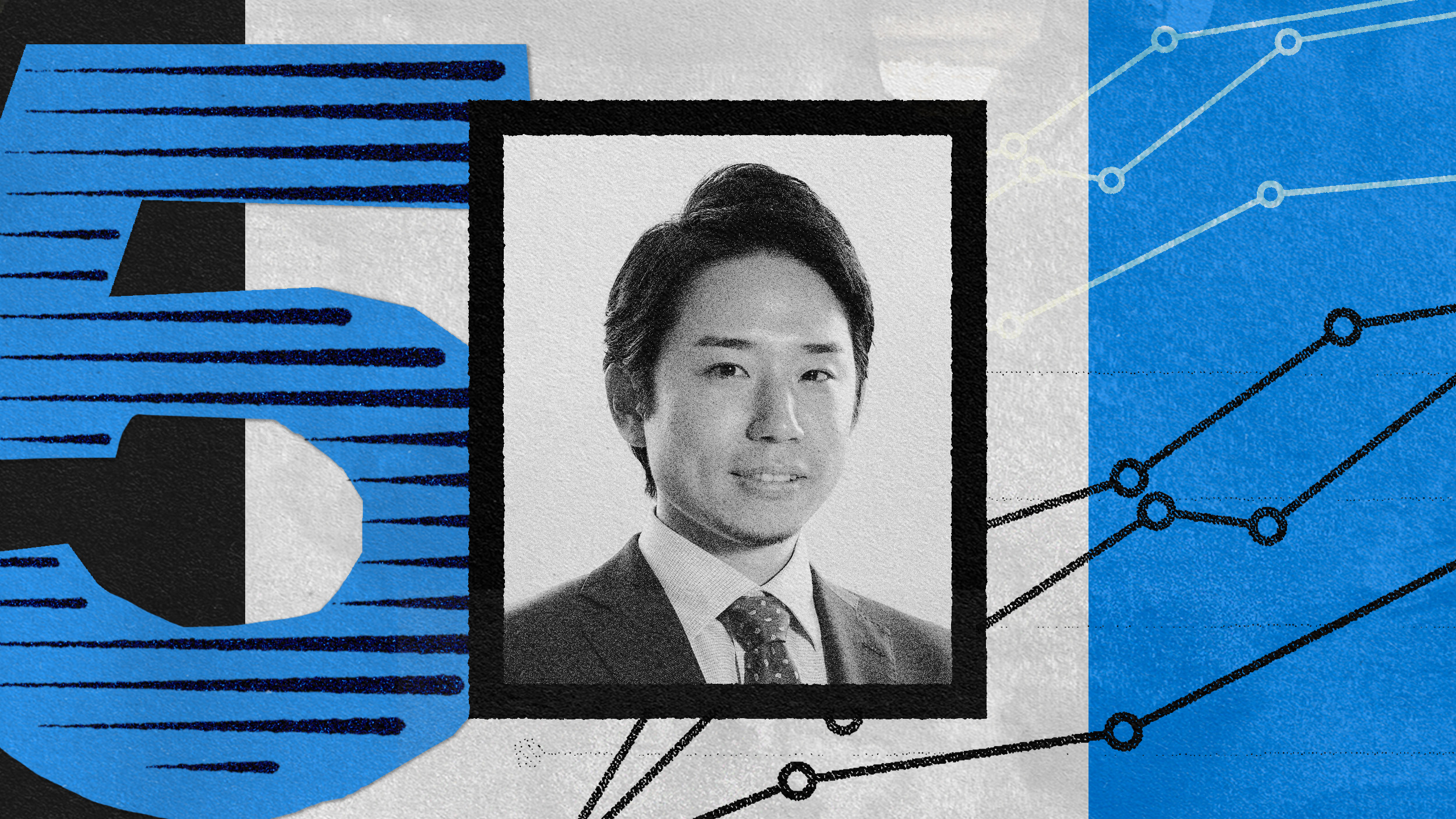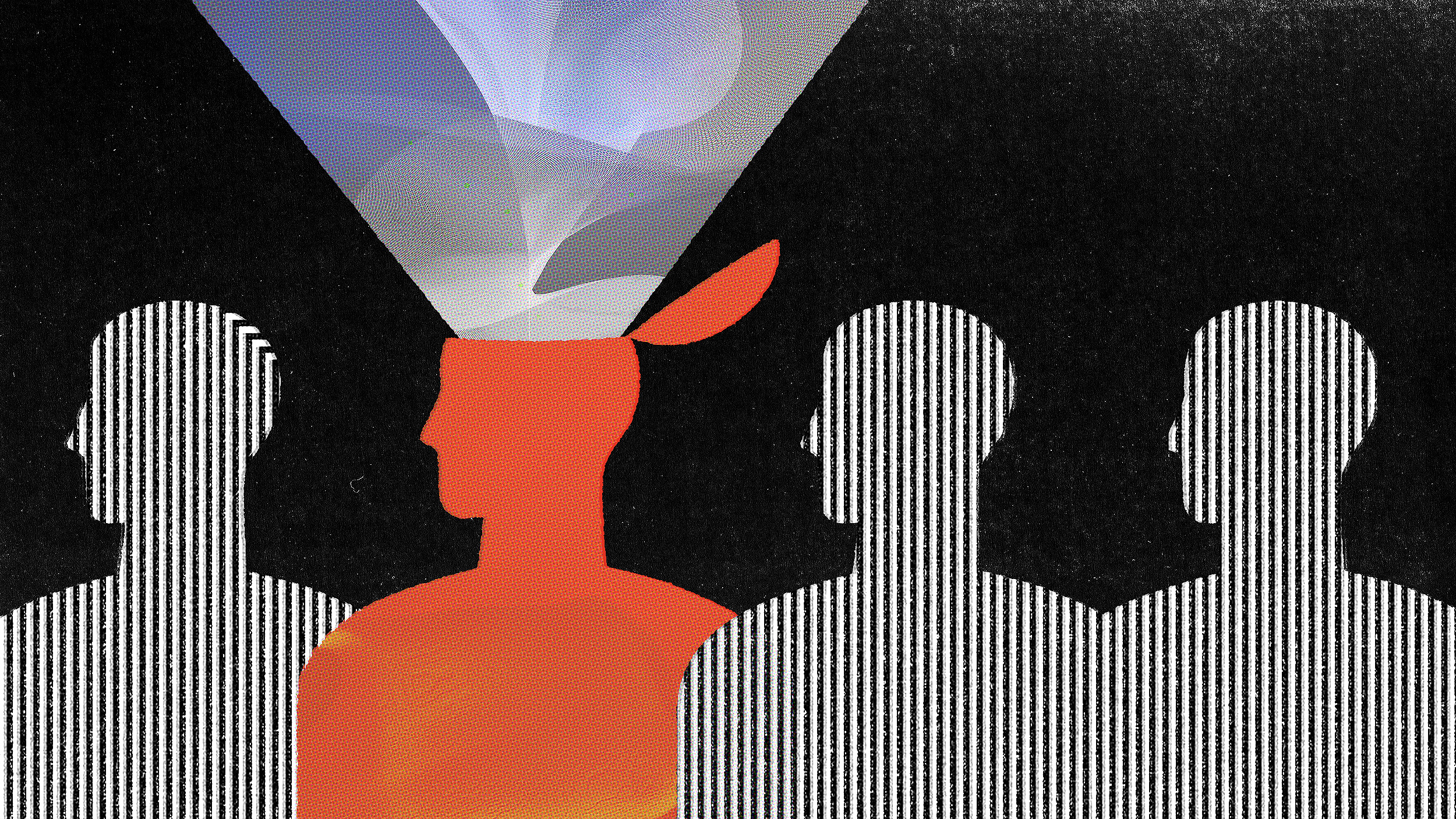Layoff anxiety? Ask your CEO to roll like Satoru Iwata

- Iwata was the fourth president and CEO of Nintendo, taking the helm from 2002 until his death in 2015.
- He believed that job uncertainty stifles productivity and creativity.
- Iwata took hefty pay cuts, was fun-loving, and recognized that leaders must balance innovation with profit.
Eight years after his death, former Nintendo President Satoru Iwata has come to symbolize a movement. It’s a growing backlash against the worsening plague of corporate layoffs that started 18 months ago.
Iwata was revered during his life for success at the gaming company, and for his effective strategy of not axing staff during difficult times. As today’s redundancy epidemic spreads, his name has become a viral rallying cry for those who believe mass redundancies are mindless and deeply counter-productive for companies and societies.
Job cuts by US companies rose 136% in January 2024 compared to the previous month. They reached 83,000 — the highest January figure since the 2009 Great Financial Crisis, according to coaching firm Challenger Gray & Christmas. But experts believe most firms announcing cuts are simply “copycat cullers” — mindlessly following others into lay-offs for want of better ideas about how to improve performance.

This “Great Redundancy,” coupled with the spectacular growth in artificial intelligence, has created a growing atmosphere of anxiety among workers. Many have found a focal point in Iwata, whose name has become an underground meme in companies wielding the axe, and a shorthand for what many believe leaders should do instead of slashing headcounts.
Who was Satoru Iwata?
Iwata was the fourth president and CEO of Nintendo, taking the helm from 2002 until his death in 2015. He was best known for broadening the appeal of video games by focusing on entertainment and creativity, and introducing innovative hardware such as the Nintendo DS and Wii consoles. But Iwata also helped the company through slumping sales, during which he resisted pressure to lay off workers. Job uncertainty stifles productivity and creativity, he said. Nobody can give their all when they don’t know if they’ll have a job the next day.
Here’s an analysis of why many believe mass job cuts are counter-productive, and how Iwata’s wider leadership lessons could help form a more effective strategy than pointless copycat culling.
Take accountability, protect your staff
Iwata took a hefty pay cut twice to help protect staff from redundancy, but also as a way of shouldering responsibility for poor financial results. He persuaded other Nintendo executives to take pay cuts too. Bruce Daisley, author of The Joy of Work, among other titles, says Iwata’s instinct about job cuts was right. Subsequent evidence highlighted by Stanford University has repeatedly shown cuts don’t improve corporate performance but instead tend to damage employee wellbeing, and even increase mortality. Severance packages cost money, and layoffs increase unemployment insurance rates, and reduce morale and productivity as remaining workers wonder if they’re next.
“If you treat employees as expendable assets, they will act like them.”
Steve Blue, president and CEO of Miller Ingenuity
“I’ve chatted to dozens of people this year who told me fear of job cuts has distracted them from doing their jobs,” says Daisley. “Removing that stress allows teams to focus on getting their work done.” He agrees with the “copycat” analysis. “We’ve witnessed 18 months of job cuts that have, at times, felt like social contagion, rather than a reflection of organizational performance,” says Daisley.
Steve Blue is president and CEO of manufacturer Miller Ingenuity, and author of business books including The $10 Million Dollar Employee. He says: “If you treat employees as expendable assets, they will act like them. They only put in the minimum to get paid. They move from employer to employer. They keep ideas for improvement to themselves. Also, taking a pay cut shows employees the leader is in the same boat. Too many leaders hold themselves above everyone. If people believe the leader thinks he is better, they won’t follow.”
Leadership expert Cy Wakeman says such a show of responsibility is increasingly important in today’s more transparent world. “Iwata was very public with his accountability,” she says. “Owning poor financial results and decreasing his pay set a platform to foster other’s accountability. To change behavior and mindsets, go first, live the change, then call others to share responsibility.”
Understand your employees
Iwata believed in developing close working relationships with workers. This deepened his understanding of their strengths and weaknesses, so he could deploy and synergize their skills most effectively. “The point of a company is for regular people, with their distinctive characteristics, to join forces and accomplish giant tasks they could not undertake alone,” he said.
For example, before joining Nintendo Iwata was president of game developer HAL Laboratory, where he interviewed each employee twice a year. And soon after joining Nintendo, he met the company’s 40 department heads and 150 other employees to get their direct, “anything goes” feedback. This revealed “astounding perspectives” and “endless discoveries,” he said.
“The point of a company is for regular people, with their distinctive characteristics, to join forces and accomplish giant tasks they could not undertake alone.”
Satoru Iwata
“Too often, leaders are across the metaphorical table from employees,” says Wakeman. “Iwata changed that dynamic by positioning himself as one of the team.” He got to know people in a non-judgemental way and broke the blame cycle most leaders create today, she adds.
Focus on innovation and creativity above all
Iwata believed in setting unprecedented goals. “If you do the same thing as others, it will wear you out,” he said. “Nintendo is not good at competing [with other game makers such as Sony] so we always have to make something new.” This outlook led to some of Nintendo’s biggest successes in games and hardware. But he recognized leaders must balance innovation with profit, or risk becoming jobless themselves. He called this juggling act “like flying an airplane and working on repairs mid-flight.”
Blue says innovation is the key to long-term survival. Products become obsolete quickly. He recommends:
- making innovation part of everyone’s job description, not just in R&D;
- giving them the tools and techniques they need to be creative;
- rewarding those who innovate, and celebrating them as heroes.
“As for balancing that with profit, welcome to the CEO’s world,” adds Blue. It’s not easy, but it can be done.
Aim for readiness, not change management
Iwata believed the ability to predict future trends is learnable. He systematically tested hypotheses about what could be popular, claiming this significantly improved his ability to sense trends. This approach led to a focus not on change management, which tries to minimize disruption of change on individuals, but on business readiness.
“Readiness ensures people are willing and able to deliver what’s next — actively working on one’s evolution, keeping up with the times, and staying tuned in to how the world is changing,” says Wakeman. “This embracing impermanence is a highly evolved ability and key to performing into the future.”
People spend too much time trying to impact the world and not enough being impacted by it, enjoying the mystery of not yet knowing, but observing from a beginner’s mind, she adds. “To innovate long-term, we must be willing to welcome what comes next with excitement, not resistance or dread.”
Be loved, not feared
We’ve all met gruff, belligerent senior executives who take themselves way too seriously. Iwata was the opposite — fun loving, often silly and much loved by peers, staff and gaming fans as a result. “How many of us can say our jobs are fun these days?” says Daisley. “Our brains turn off if there’s no spark of joy. Think of that as you pretend to pay attention in your next Teams call or answer the hundredth email of the day. If we eliminate imagination from our jobs, we’re not getting the best of each other.”
Leadership author and coach John Baldoni says Iwata’s style resonates because he focused on lifting people, which should be the purpose of leadership. “There is no downside to this approach unless leaders adopt it reluctantly, with no effort or heart,” says Baldoni. “However, tough love is also part of the equation. Provide avenues for improvement when performance slips and give resources to do jobs better.”
We’ve all met gruff, belligerent senior executives who take themselves way too seriously. Iwata was the opposite — fun-loving, often silly and much loved.
Wakeman adds: “Leaders have two roles — to ‘love people up’ and ‘call people up.’ Iwata did both — he “loved up” by getting to know people and creating an environment conducive to effortless, spontaneous work. He “called up” by balancing this with the need for profits and innovation. That combination is powerful and relevant for leaders today.
“Fear is the ego’s favorite food and drives low-level behaviors. Working to be loved, not feared, helps transcend the ego’s limited view and helps people use all their intelligence. But it only works when everyone is working to evolve themselves. So self-reflective people can come together and do amazing work.”





